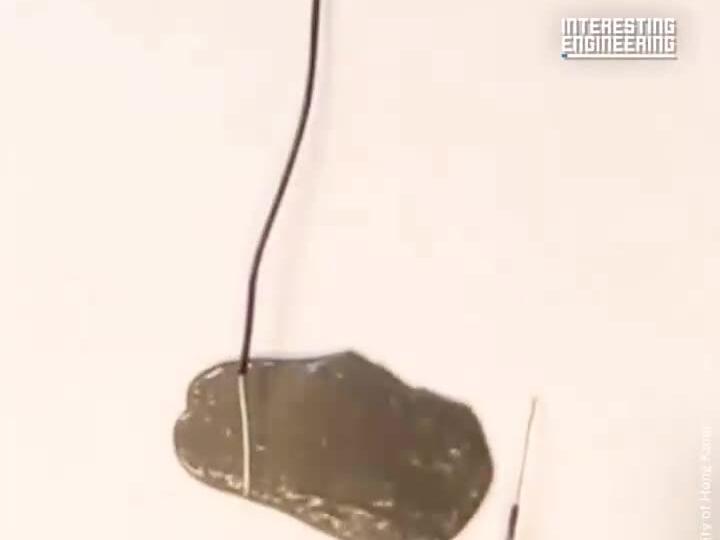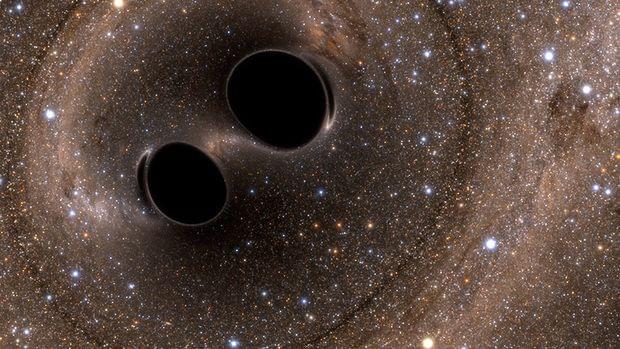Is our media infrastructure really in the hands of private companies, or do intelligence agencies have an outsized influence on the news we read? Whether you…
Get the latest international news and world events from around the world.
Panpsychism vs Scientific Materialism vs Traditional Dualism | Ed Dodge
👉Sign up for Dr. Bart D. Ehrman’s course on the scribal corruption of scripture! https://historyvalley–ehrman.thrivecart.com/corruption-of-s…1f449;Sign…

6 US Cities Most Likely at Risk in a Nuclear Attack
When it comes to nightmare scenarios for the United States, a nuclear attack from a foreign power has to rank among the worst possible choices. While the likelihood of such a strike is low, that does not stop experts from trying to prepare for any possibility. A story by Business Insider lists the following six cities as the most likely to be at risk in the vent of a future nuclear attack on the United States:
1) Chicago, Illinois.
2) Houston, Texas


Gravitational waves rippling from black hole merger could help test general relativity
Scientists have discovered gravitational waves stemming from a black hole merger event that suggest the resultant black hole settled into a stable, spherical shape. These waves also reveal the combo black hole may be much larger than previously thought.
When initially detected on May 21, 2019, the gravitational wave event known as GW190521 was believed to have come from a merger between two black holes, one with a mass equivalent to just over 85 suns and the other with a mass equivalent to about 66 suns. Scientists believed the merger therefore created an approximately 142 solar mass daughter black hole.
Yet, newly studied spacetime vibrations from the merger-created black hole, rippling outward as the void resolved into a proper spherical shape, seem to suggest it’s more massive than initially predicted. Rather than possess 142 solar masses, calculations say it should have a mass equal to around 250 times that of the sun.
Revolution in Skies: Reliable Robotics Achieves Unmanned Flight, Paving Way for Future of Aviation
In a significant stride forward for aviation, Reliable Robotics, a trailblazer in aircraft automation systems, has successfully operated a Cessna 208B Caravan with no one on board. The aircraft, while not as large as a 737–100, is still a considerable size, marking a noteworthy milestone in the field of aviation automation.
The flight was remotely controlled from Reliable’s control center, located 50 miles away. This system is not just about remote control, but full automation of the aircraft, including taxi, takeoff, and landing. The technology is designed to prevent controlled flight into terrain and loss of control in flight, two major causes of fatal aviation accidents.
Reliable Robotics has been collaborating with Textron Aviation, the manufacturer of the Cessna Caravan, and ASL Aviation Holdings. The goal is to integrate advanced aircraft automation into their operations. The U.S. Air Force is also on board, working with Reliable Robotics to apply this technology to large multi-engine aircraft for various missions.


Historic magnetic storms help scientists learn what to expect when one hits
As someone who never lived in the extreme northern latitudes of Earth, I always found it exciting when I heard auroras might be visible farther south. I would always crane my eyes skyward, hoping I could see those ghostly dancing lights, almost trying to wish them into existence. Alas, I was never that lucky. Though as we approach solar maximum in 2025, we ought not to only get excited about seeing auroras, but perhaps also ask: What could a powerful geomagnetic storm do to our technological infrastructure?
Geomagnetic storms can be triggered by either coronal mass ejections, giant bubbles of plasma erupting from the surface of the sun, or very powerful solar flares. It’s because these events can accelerate particles to extremely fast speeds. And when some of those particles hit the Earth’s magnetic field, this generates what we see as brilliant auroras — however, those particles can also damage satellite equipment and even harm astronauts in orbit.
A truly gigantic magnetic storm has not affected the Earth in well over one hundred years — and since then, technology has changed quite significantly. Satellite communications, air travel and the power grid have been brought into existence, and they all can be impacted by these events. Yet, scientists aren’t quite sure what, exactly, would happen to the integral technological components of society if a major solar storm shrouded Earth with charged particle showers.

Unprecedented Gigantic ‘Hole’ in the Sun Spews Superfast Solar Wind Towards Earth
Takeaways:
• A massive coronal hole, wider than 60 Earths, has opened up on the sun’s surface, releasing unusually fast solar wind towards Earth. This phenomenon is unprecedented at this stage of the solar cycle.
• The hole, which took shape near the sun’s equator on Dec. 2, reached its maximum width of around 497,000 miles within 24 hours. Since Dec. 4, it has been pointing directly at Earth.

Walmart robots are now working alongside humans in new center — it will get your products to your faster, store says
A NEW Walmart center is equipped with robots, allowing for humans to work faster and alongside them, and resulting in faster deliveries.
Walmart has been testing out some new technology, granting a peek inside their newest warehouse location.
Based in Katy, Texas, the warehouse showcases some of the latest technology in the industry, allowing humans to work alongside some state of the art robots.